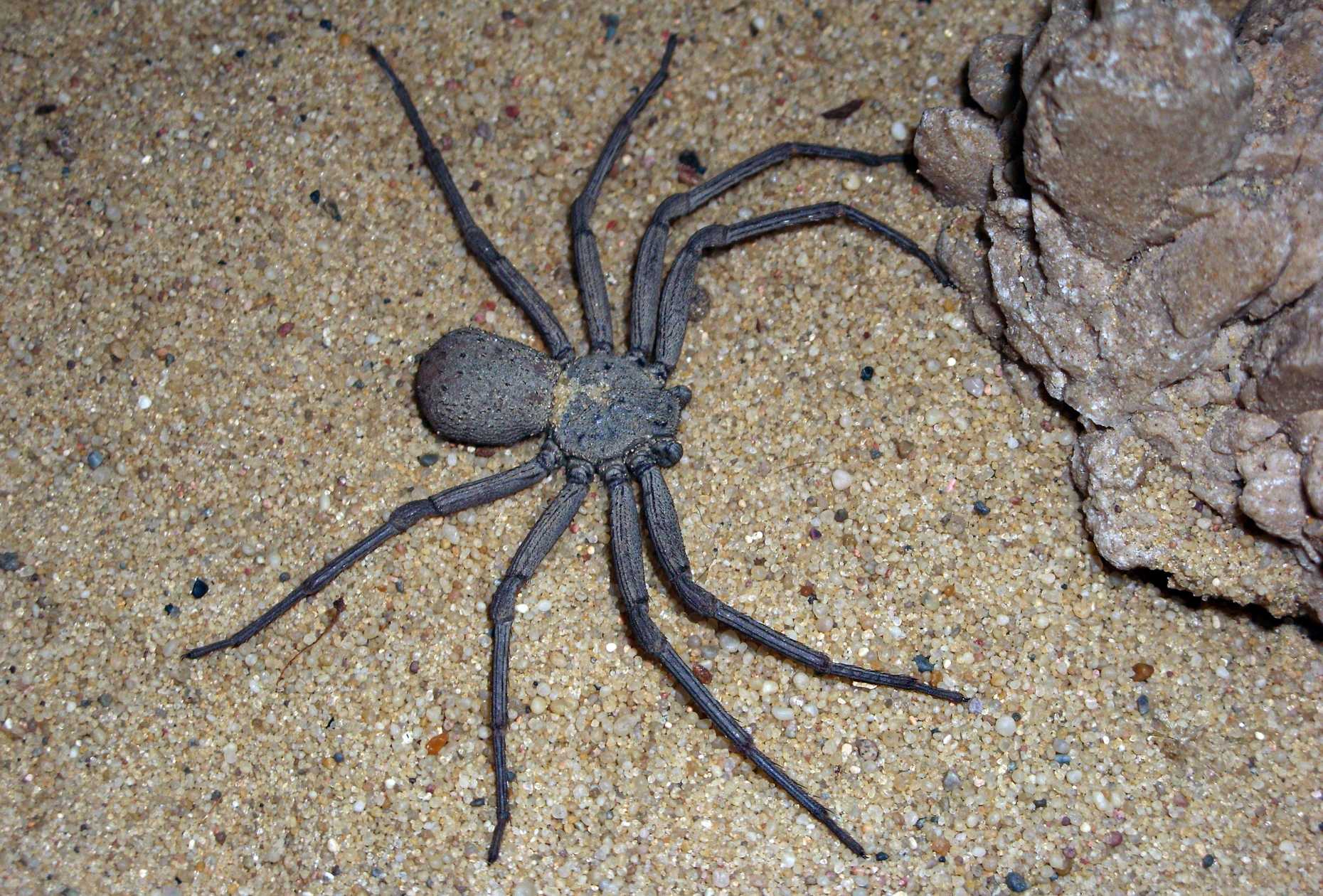Sicarius Terrosus (Sicarius Thomisoides): A Sand Spider
Sicarius terrosus generates a unique spider venom that includes the sphingomyelinase D enzyme. It is unusual, being present only in a few dangerous bacteria.

Sicarius terrosus generates a unique spider venom that includes the sphingomyelinase D enzyme. It is unusual, being present only in a few dangerous bacteria.

